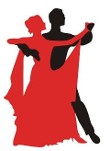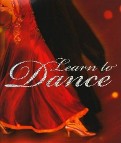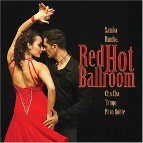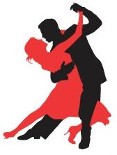Ray's CapeCodTango.org Cheatsheet
(Or: "Success Tips for Milonga Newcomers")
Welcome to our milonga! (A "milonga" is a venue where people dance Argentine Tango.)
Argentine Tango is improvised, not memorized as is ballroom tango or many other forms of dance. Each and every couple is not dancing to pre-determined patterns. Each pair is doing something unique - no two dances are the same.
Notice that everyone is going around the dance floor in the same direction. This is called the Line of Dance (LOD). Respect that - when you dance, you need to also move in the same way around the outside of the dance floor.
Above all else, avoid bumping, hitting, or colliding with any other couples (or walls, chairs, etc.). This is paramount - no fancy moves, high boleos, ganchos, or even steps backward unless there are no other dancers nearby and you have plenty of room. Ballroom patterns are often impossible on a crowded milonga floor, so save the "performances" for elsewhere.
Argentine Tango isn't about showing off for others, it's about a close connection to your partner, be they someone you know well or a complete stranger you've never met before.
Dances, called "tandas" are arranged into groups of 3-4 songs, each followed by a short non-tango clip called the "cortina." When you hear the cortina you must thank your partner, stop dancing with them. leave the dance floor, and then look for another partner to dance with. DO NOT stay on the dance floor while the cortina plays. DO NOT dance during the cortina (even if it's catchy!).
Invite dancers by making direct eye contact first, then nod your head to signal a "Yes, I'd like to dance." This is called "cabaceo." If you want to dance, look directly at the leader or follower and see if they look at you. If they are tying their shoe, talking with a friend, checking their cellphone, or otherwise ignoring you then they do not want to dance choose another prospect and start over.
Argentine Tango is about learning to truly lead and truly follow, and if you only dance with the same person you learn that person, not the language of leading and following. Thus, DO NOT dance with the same partner more than once or twice, even if you came with them, are dating them, are dance partners, are married to them, are totally hot for them, or so on. (There are some exceptions, but this is a fairly rigid rule at any Argentine Tango milonga.)
When the last note of the song is played, everyone freezes. And at the end of the tanda. when you hear that cortina. you say "Thank you" to your partner and leave, and find another person to dance with for the next tanda. This way, everyone who comes has a chance to dance, whether they have an official dance partner or not.
As a beginner, you should not feel pressured to dance. People usually take lessons for a while and then "graduate" to being able to dance at a milonga. If someone does invite you, be sure to let them know you're a beginner and feel free to decline if you're not ready.
For more info, check out www.CapeCodTango.org or "Like" our FB page. We offer free (donations accepted) group lessons every Thursday 7-8pm, with an hour of practice dancing after until 9pm.
Come join us! :-)











